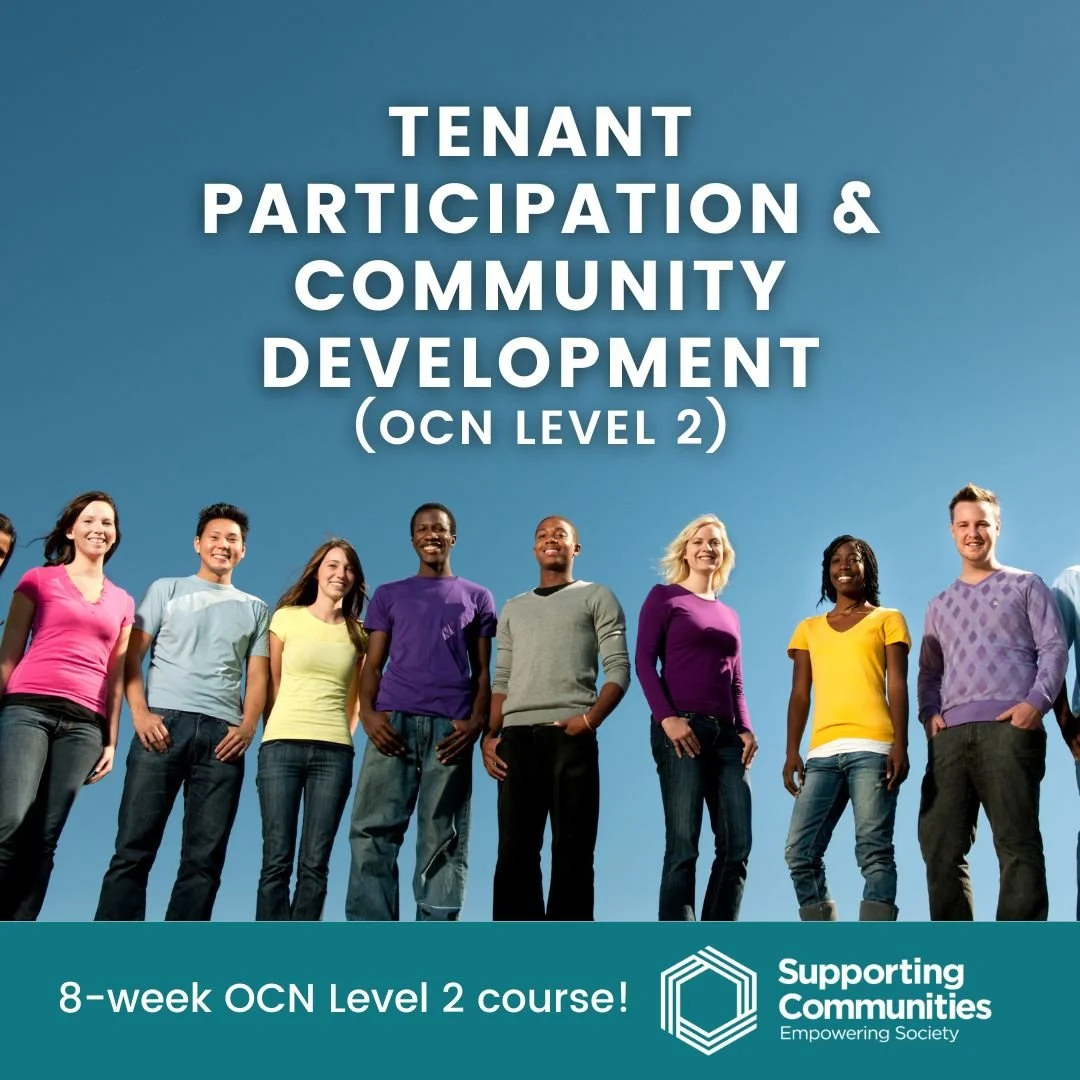Tenant Participation: Show your tenants what's in it for them!
/by Aidan Kearney, Senior Training Officer
Tenant Participation, Tenant Involvement, Community Involvement, Customer Involvement. Whatever your housing provider calls it, the principle of involving tenants in internal decision-making processes and using their feedback to shape the delivery of services is a vital part of modern-day social housing.
In days-gone-by, this was a fanciful notion. The general belief among the majority of tenants was that their landlord made decisions, and operated in a way that they saw fit, without any external guidance or feedback. Those on the receiving end of the services were not afforded the opportunity to contribute or provide information about how service delivery looked.
This belief has, thankfully, completely changed in an ever-changing sector that places tenants' views at the forefront of service delivery. Housing providers in Northern Ireland are now implementing and evidencing their tenants' input extremely successfully, and tenants are reaping many of the rewards.
The implementation of the Tenant Participation Strategy (2015/2020) and the establishment of Supporting Communities as the Independent Tenant Organisation has helped promote the importance of involving tenants, and five years on, the benefits are now evident to all involved, including staff, tenants, the organisations, and their local communities.
One of the first benefits we saw was increased knowledge and understanding of the 'ins and outs' of social housing. Training sessions involve sharing information on how housing providers operate and how they aim to improve using tenant feedback. Our course survey responses tell us the overall level of housing awareness has increased dramatically among attendees.
With greater awareness comes a better understanding of organisational limitations. Involved tenants are more aware of what is possible and reasonable for housing associations to provide, and expectations are more realistic. We have also found that training courses delivered to housing association staff members and tenants together creates a bond of teamwork. Instead of seeing each other in an 'Us.vs. Them' framework, the two groups work together to solve problems in ways that will benefit everyone.
Tenant participation sessions also involve ice breakers and team-building exercises, so the social benefits of participation were quickly apparent. For some panel members, the regular interaction they experience with other members has become a vital part of their lives and provides valuable conversations and exchanges that without the structure of Tenant Participation, they would miss out on.
Many tenant participation exercises involve tenants examining specific aspects of an organisation's processes and procedures, requiring them to learn new skills to carry out these duties and analyse performance data. Training and ongoing support to carry out these roles mean tenants gain experience preparing reports, feeding back information in a structured way, and providing informed recommendations based on research and investigation.
Tenants have used this training as an educational springboard to go on to do other things. Being part of a tenant participation structure and contributing to business-related decision making is something that many have added to their CVs to enhance future employment prospects. It gives practical 'hands-on' experience that is very transferrable to other aspects of people's lives and careers.
In addition to improving services and gaining new skills, tenants feel appreciated when their work is recognised. Successful initiatives get publicised in local papers and on social media, which gives a sense of achievement and accomplishment. Some projects or teams can even be nominated for local, regional, and national awards, which further validates the good work being done, not to mention the opportunity to attend a 'glitzy' event to celebrate!
Local communities have experienced the knock-on effects of better tenant participation as well. Residents provide vital information to the landlord from others living in the area, giving richer levels of detail and insight than a member of staff could do on periodic visits or through a survey. Communities can use this route to influence housing associations to shape services to what the area needs. Being part of the process that leads to an improvement in the community instils a sense of pride in tenants that keeps them coming back!
Overall, tenants become involved for a variety of reasons. Whether they have a keen interest in improving their area/community, they answered a call from their landlord to become involved, or if they came along with a friend one day and got hooked! Whatever the reason, tenant involvement is an integral part of the sector and has changed the way landlords deliver services in partnership with those who receive them.
Aidan Kearney is the Senior Training Officer at Supporting Communities. He works with Housing Associations to develop and deliver bespoke training for staff and tenants on all aspects of tenant participation.
For more information about the kind of courses on offer, go to https://supportingcommunities.org/tenant-participation-courses.








